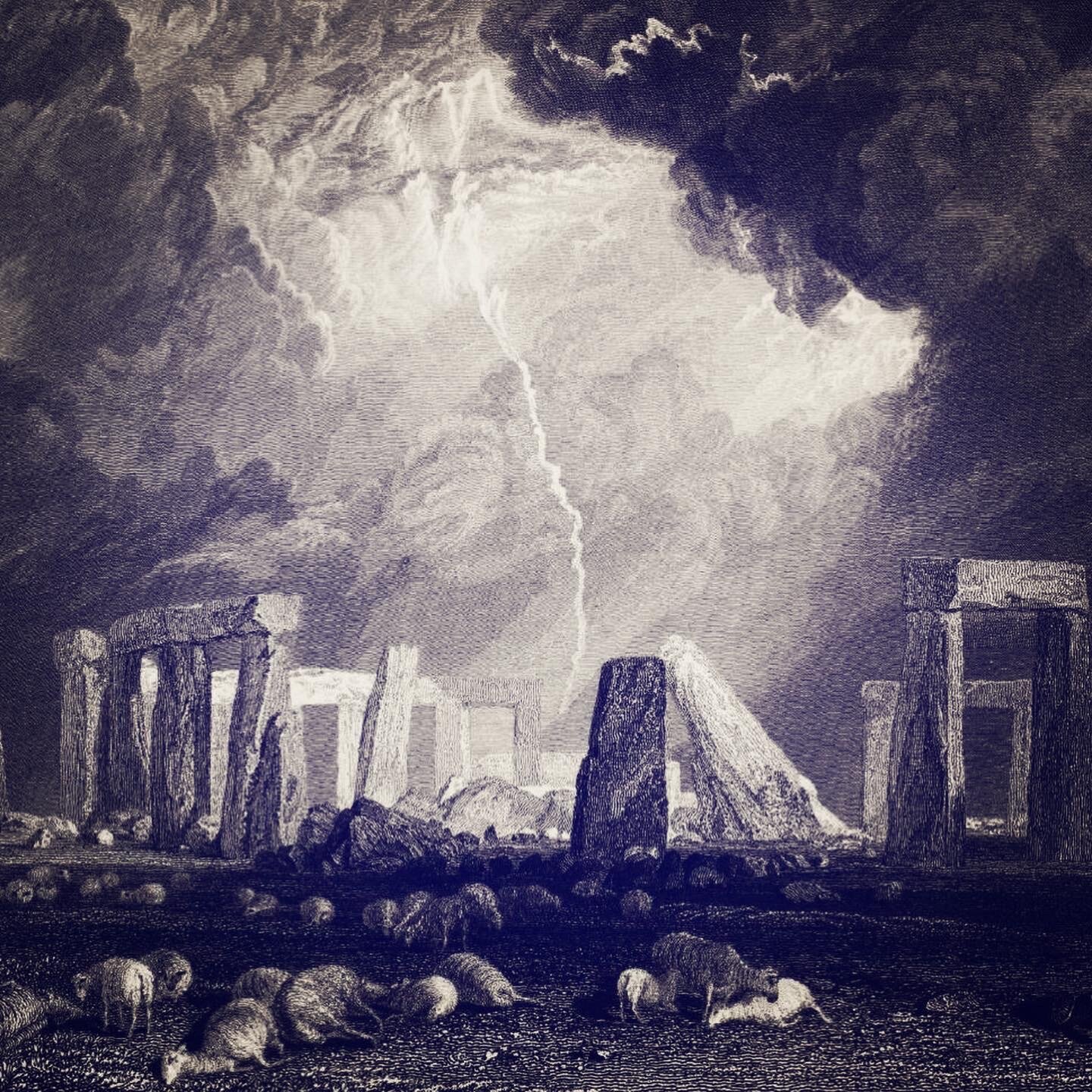
“Yule Tidings”
“Yule is, at its essence, a time when we bring Light into the Darkness.
In the case of “Yuletide,” it was a series of days during the midwinter season that was part ritual, part celebration. It marked a season of hunting after the end of the harvest, occurring between the final week of November and the day of the Epiphany in early January. Yule was intentionally centered around the darkest time of year, and began on the night of the Winter Solstice. This time was chosen because Yule was symbolic of bringing light to the longest night of the year, heralded as a time of great mirth and reverie that defied the bitter winter cold. This was a celebration of nature, of a seasonal change—a time of joy and gathering, steeped in a ritual that would help ensure the winter’s end and a bountiful harvest to come.”

“Halloween History and a Midnight Tour in Scotland”
Sometimes, I find the truth and heart of things is best expressed through fiction. Especially with matters of the supernatural. This seems especially true of the mystic, magical, ominous, and exciting night we celebrate today as Halloween. A night of darkness, of mystery, and infinite possibility. Where witches fly, black cats own the streets, ghosts and spirits roam freely, our ancestors can communicate from beyond the veil...and the moon beckons us to revel in the wonders of the night. Kids parade door to door, people of all ages dress in costumes and celebrate. Bonfires are lit, and pumpkins carved. Music, dancing, and decorations liven the streets. We gather together, go explore the haunted corners of the world in search of adventure and the thrill of the unknown. Ghost stories, scary movies, warm drinks, and the security of home draw us indoors as this fantastical night of revels fades to dawn. Across the world, we are unified in this night’s celebration and fascination with death, and all things beyond. Halloween comes but once a year, but--where does it come from?

“Stories of Stonehenge”
The creation of Stonehenge bridges the Neolithic Period into the Bronze Age, marking a point in history where human beings developed farming, and began to settle into communities. Building Stonehenge would have established a fixed place in the landscape, where they could gather together and track the movement of the stars above. The people who built this did not yet have the technology of the wheel, and yet--stones weighing several tons a piece were somehow transported across miles of distance to the monument’s location. One question pervades all of the centuries since--How? How did they move these stones into place? And furthermore...Why?
